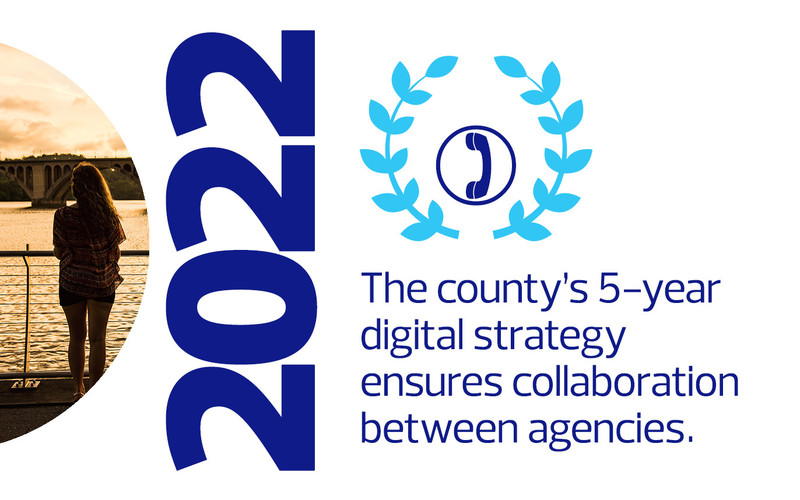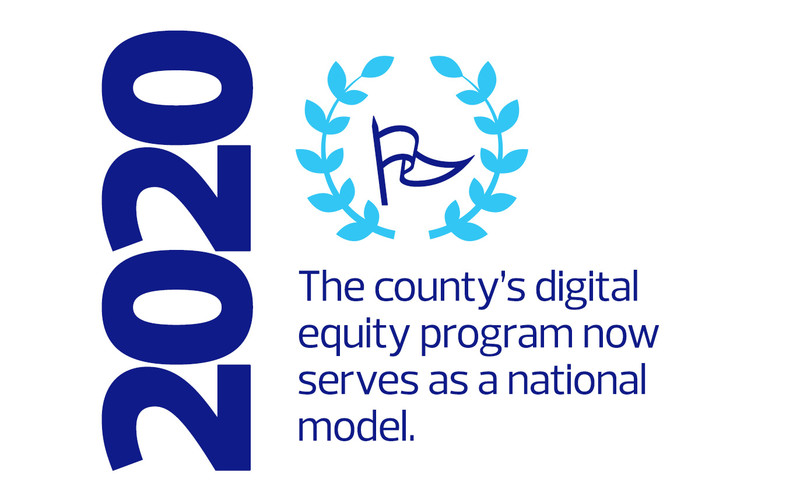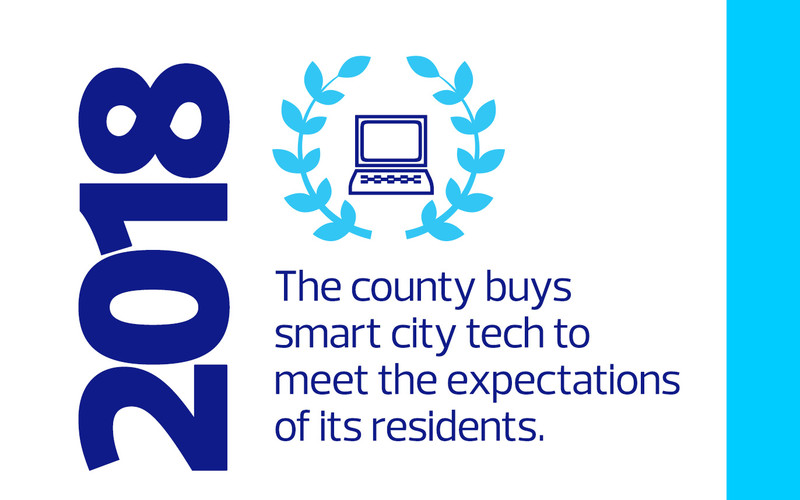County Seeks to Mount Network Nodes on Streetlights
Arlington County also has embellished some of its streetlights, an infrastructure element that can be a hot commodity in smart technology implementations, according to David Ihrie, CTO and vice president of strategic initiatives at the nonprofit Virginia Innovation Partnership Corporation, which promotes technology-centric economic development in the commonwealth.
“It turns out one of the more valuable pieces of real estate, particularly in more densely populated areas like Arlington, are poles that can support sensors,” Ihrie says. “There’s been a challenge in a number of the more urbanized areas around Virginia, because most of the poles are not owned by the local communities; often they’re owned by the electric utility or others, and typically, the people who own the poles have been reluctant to put a bunch of additional stuff on them.”
Arlington County operates roughly 40 percent of its approximately 18,000 streetlights; utilities provider Dominion Energy manages the remainder. The county began transitioning some of its radio frequency mesh networking-based lights to dimmable versions with cellular node connectivity in 2018.
“We can run dimming programs to bring the lights down in different areas,” Nicholas says. “That gives us some flexibility with the customer expectations on lighting levels and energy. Especially at this time of year, where you’ve got up to 12 hours of dark for your streetlights to be functioning, that’s a lot of kilowatt hours we’re saving when you dim them down to 25 percent.”
DIVE DEEPER: What are DMZ networks, and how do they help state and local governments?
Prospective Tech Applications Could Augment Mobility
In winter, the county is able to provide snow removal updates with just a 15-minute processing time, thanks to a system implemented roughly four years ago that tracks its 45 internal snowplows and its externally contracted snow trucks, which can total a dozen or more, depending on storm size.
During a 28-inch snowfall in 2016, for instance, the county scaled up to use more than 200 contracted snow removal components, Moon says.
“Our plows are equipped with GPS tracking equipment,” he says. “Some are plugged into what we call the brain of the truck itself, by just the port underneath the dash. Others are plugged into cigarette lighters. Software integrates it into our GIS system; that’s then published on public-facing maps. A citizen can see what streets have been plowed in the vicinity to gauge how close they are getting done.”
Currently, county officials are considering a number of additional tech implementations that, like its snowplow technology, could augment mobility and other elements. These include a new parking-related pilot the county recently began that involves deploying pavement-level sensors in commercial corridors, Moon says.
The sensors will use radio frequency-based communication functionality to convey space occupancy information, which may eventually be used to alter pricing based on day, location or other factors.

















